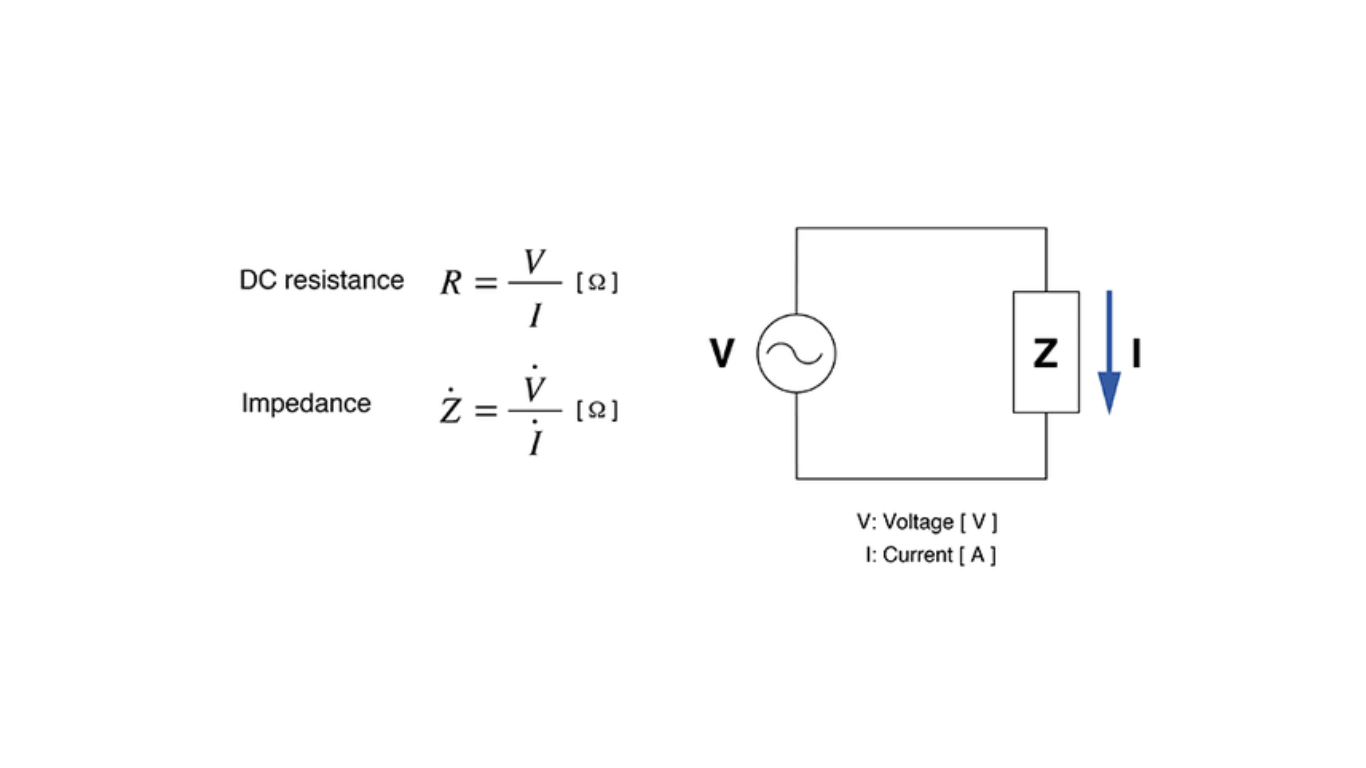Voltage Drop in AC Circuits: Understanding Impedance
In alternating-current (AC) circuits, the flow of current encounters opposition due to resistance, similar to direct-current (DC) circuits. However, AC circuits introduce an additional form of opposition known as reactance. The combined resistance and reactance give rise to electrical impedance, represented by the variable Z, and measured in ohms at a specific frequency. This article explores electrical impedance, its components, and its significance in AC circuits.

Components of Electrical Impedance
Electrical impedance is determined by the vector sum of three components:
Electrical Resistance: Just like in DC circuits, electrical resistance restricts the flow of current in an AC circuit.
Capacitive Reactance: AC circuits with capacitors exhibit capacitive reactance, which opposes changes in voltage over time.
Inductive Reactance: AC circuits with inductors experience inductive reactance, which opposes changes in current flow.
Calculation of Electrical Impedance
Electrical impedance (Z) is computed as the vector sum of electrical resistance (R), capacitive reactance (Xc), and inductive reactance (Xl):
Electrical Impedance (Z) = R + Xc – Xl
Analogous to Ohm’s Law
Analogous to Ohm’s law in DC circuits, the relationship between voltage (E), current (I), and electrical impedance (Z) in AC circuits is expressed by the formula E = I Z. This equation indicates that the voltage drop (E) in an AC circuit is the product of the current (I) and the impedance (Z) of the circuit.
Conclusion
In AC circuits, electrical impedance plays a important role as the combined opposition to current flow from resistance, capacitive reactance, and inductive reactance. Understanding impedance is essential for designing and analyzing AC circuits effectively, ensuring optimal performance and power delivery in various electrical applications.
Also Read
